Planning to spend one day in Jakarta, and looking to see as much as possible? There are so many things to see and do around the city. This 1-day itinerary will help you make the most out of your stay in Jakarta.
Once known as Batavia, bustling Jakarta offers up a tantalizing gateway into the Indonesian nation. This enormous sprawl of a city is studded with skyscrapers and clogged with traffic, but it also features a long list of cultural gems to discover.
From its former colonial center to modern museums charting the country’s story of independence, as well as a thriving Chinatown and countless places, to eat and drink, it’s possible to spend many days here enjoying everything the capital has to offer. But with only one day, there’s still enough time to visit its most important sights.
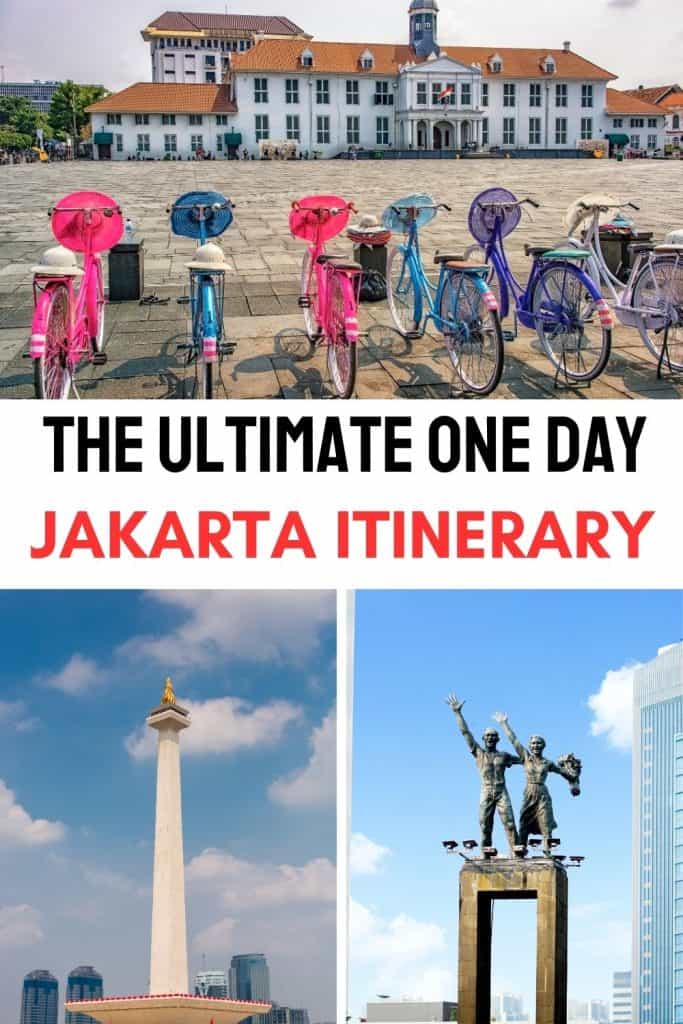
Disclaimer: This post contains affiliate links. This means that should you click on certain links and then subsequently purchase a product, I will receive a small commission.
Table of Contents
One day in Jakarta? Where to stay:
Ashley Tanah Abang Hotel: Located less than 500 meters from the bustling Tanah Abang market, this modern hotel has everything you need for a relaxing stay in the city. Rooms here (some of which feature impressive city views) are sophisticated yet comfortable, with large beds and contemporary furnishings.
The four-star hotel boasts an array of amenities for guests to enjoy, which include a sizeable indoor pool, a well-equipped fitness center, and two onsite restaurants. The ability to arrange airport shuttles and guided tours of Jakarta and beyond ensure a smooth stay.
Click here for more information and to check the latest prices.
Grand Hyatt Jakarta: This landmark five-star hotel boasts a convenient location. It’s right next to Plaza Indonesia Shopping Mall, putting a whole host of dining options, shopping opportunities as well as sights on your doorstep.
Recently renovated, this luxury accommodation has a long list of room types for guests to opt for, from twin rooms to suites with club access. The amenities are also numerous, including an outdoor swimming pool, gym, and numerous on-site restaurants to indulge in local and international cuisine.
Click here for more information and to check the latest prices.
Interested in seeing the highlights of Jakarta in a day? Then I recommend this 5-Hour Jakarta City Tour.
Things to do in Jakarta in a day
National Monument
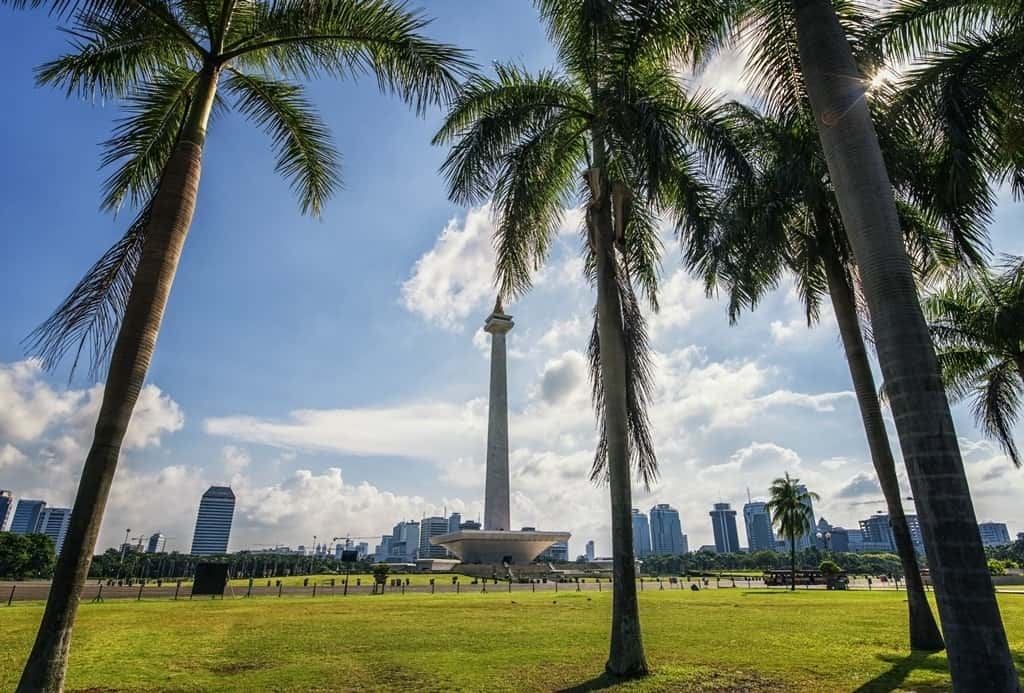
At the heart of Merdeka Square, in Central Jakarta, a 132-meter obelisk towers into the sky. This gleaming white object is the National Monument — known locally as “Monas”, it’s a symbol of Indonesia’s struggle for independence. Open to the public in 1975, the obelisk sits on a wide, square base and is crowned by a flame. At the base of this flame, at a height of 115 meters, is a viewing platform, reached via an elevator.
The National Monument actually houses the first red-and-white Indonesian flag that was flown during the Proclamation of Independence in 1945. And underneath the monument itself lies a museum dedicated to telling the story of Indonesia’s road to independence from colonial rule.
Istiqlal Mosque
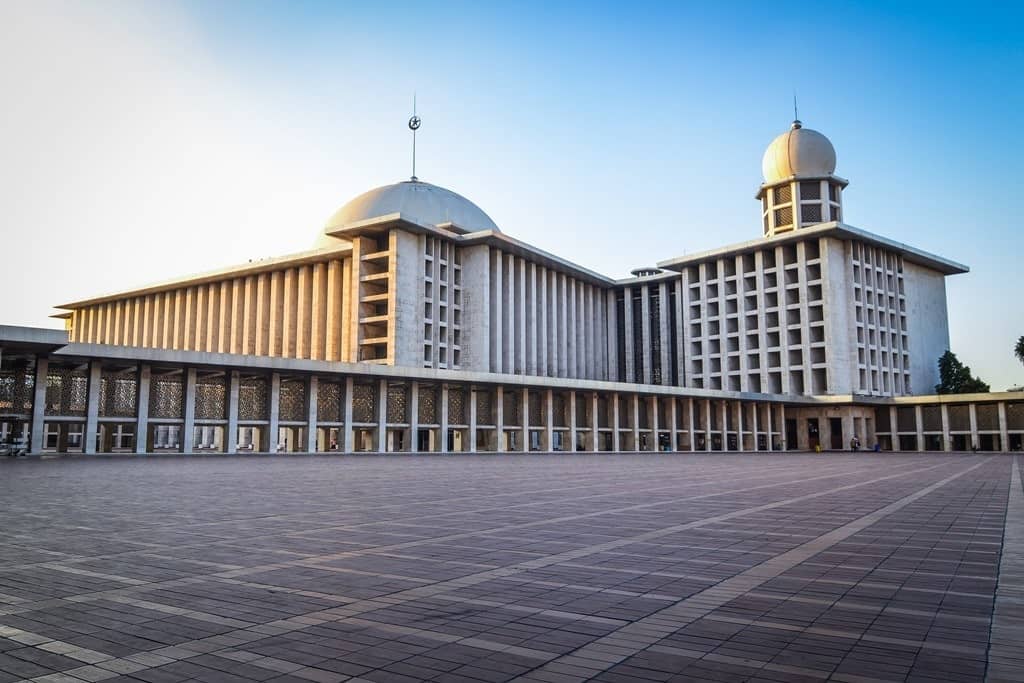
Istiqlal Mosque is the largest mosque in Southeast Asia and the sixth-largest in the world. Situated on Jalan Taman Wijaya Kusuma in Central Jakarta, the mosque boasts enough room to host 120,000 worshippers within its walls. It was designed by north Sumatran architect Frederich Silaban and took 17 years to build, finally opening in 1978.
This huge contemporary structure covers an area of 22 acres and is clad in shining white marble. It’s an impressive example of Islamic architecture in Southeast Asia and certainly worth a visit (especially for fans of design). Guides are on hand to take visitors around the mosque and give them an insight into this landmark.
Merdeka Square
This landmark square lies at the heart of the Indonesian capital. With its name translating to “Independence Square”, this one-square-kilometer space offers up a wide open area for locals to take a break from busy city life.
It was originally called Konigsplein (“King’s Square”) and became an important part of the city when the government moved to the area from the old center of colonial Batavia. Centered around the National Monument, the square is edged by government buildings and has often been a gathering point for protests and rallies.
Merdeka Palace
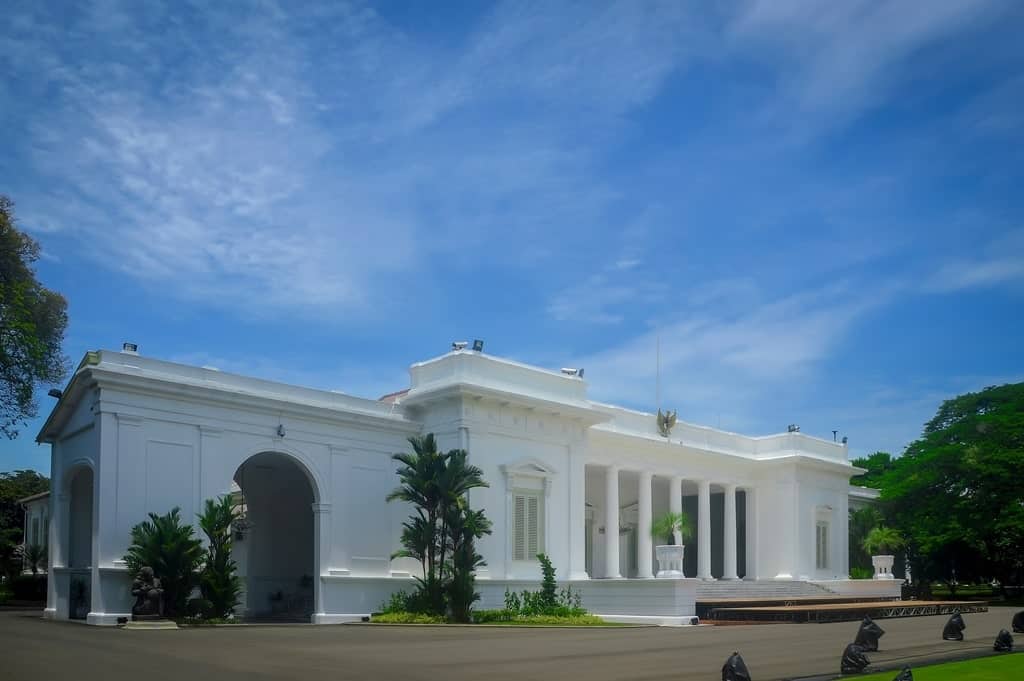
Occupying the north side of Merdeka Square, construction on this presidential palace — one of six situated across Indonesia — began in 1873. Today the imposing building is used as the official residence of the president of the Republic of Indonesia. It was here, on the 27th of December 1949, that the Dutch flag was taken down for the final time and replaced with the flag of an independent Indonesia. This marked the end of 350 years of colonial rule.
Visitors may enter the palace but only as part of a tour. Otherwise, make sure you arrive in time to see the dramatic ceremony of the changing of the guard, which takes place on the last Sunday of every month.
Jakarta Cathedral
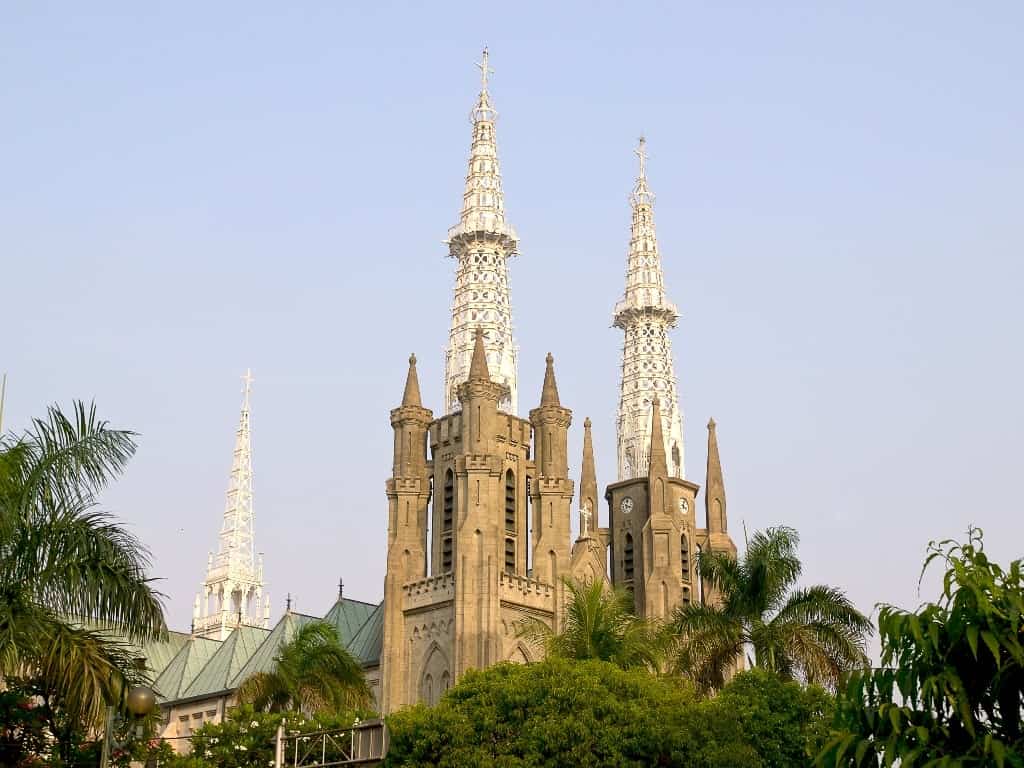
This Roman Catholic cathedral was completed in 1901, following the collapse of the original building in 1890. With its three towering spires (60 meters tall) and ornate neo-Gothic facade, Jakarta Cathedral stands seemingly in opposition to the more modern side of this Southeast Asian capital; it looks more like something from northern Europe.
Inside, visitors can admire its stained-glass windows and take a moment to soak up its peaceful atmosphere. Guides are on hand to offer informative tours of the building and its impressive architecture.
Museum Nasional Indonesia
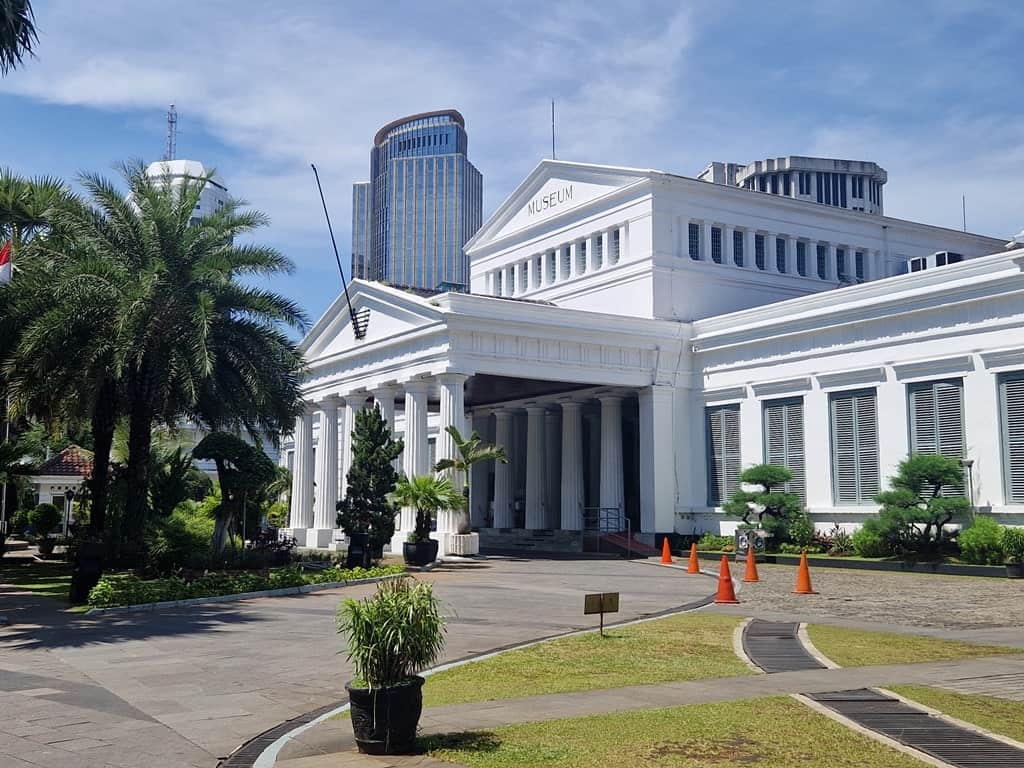
This sprawling museum is a must-visit destination in Jakarta. Taking up space in a 19th-century colonial building, the spacious rooms here display an array of artifacts. These range from artwork depicting historical events to textile collections and models of prominent architecture from across the Indonesian archipelago.
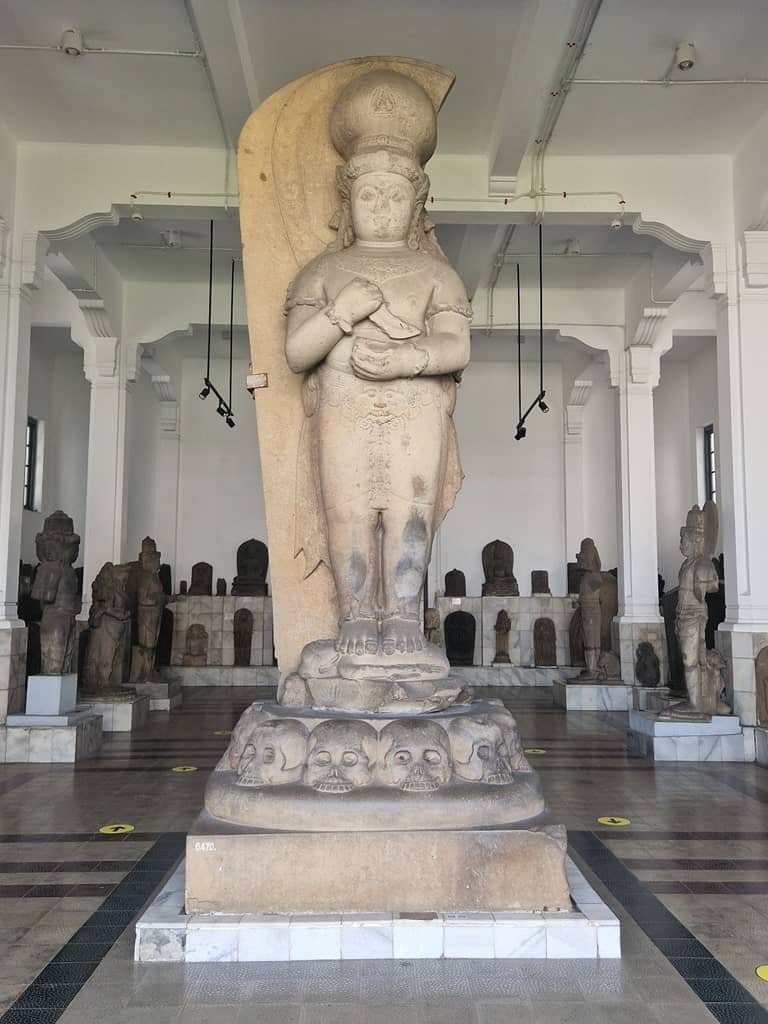
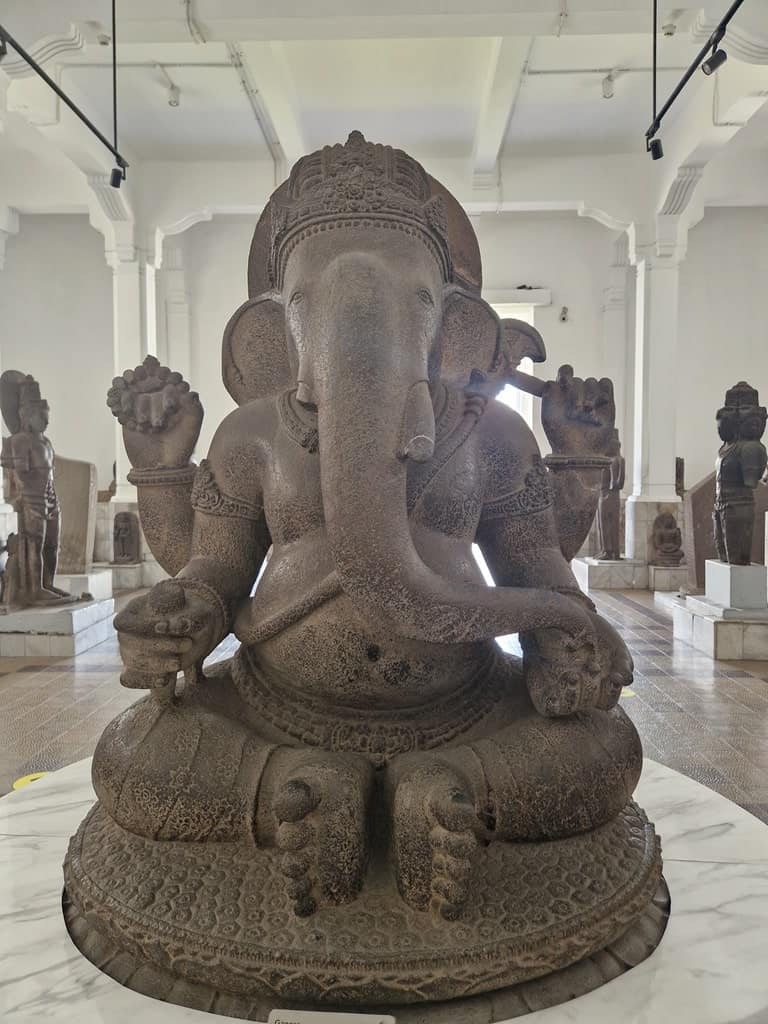
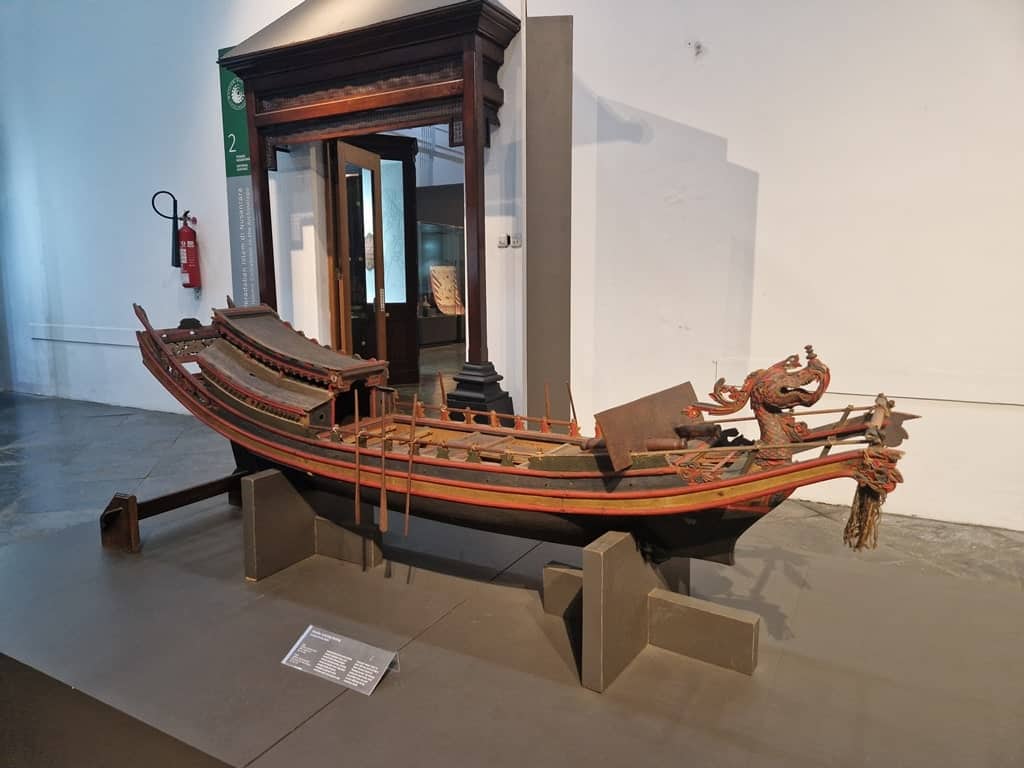
It’s a modern, easy-to-digest deep dive into the history and culture of Indonesia. Free English-language tours of the museum are available (the schedule can be found online in advance).
Glodok (Chinatown) Market
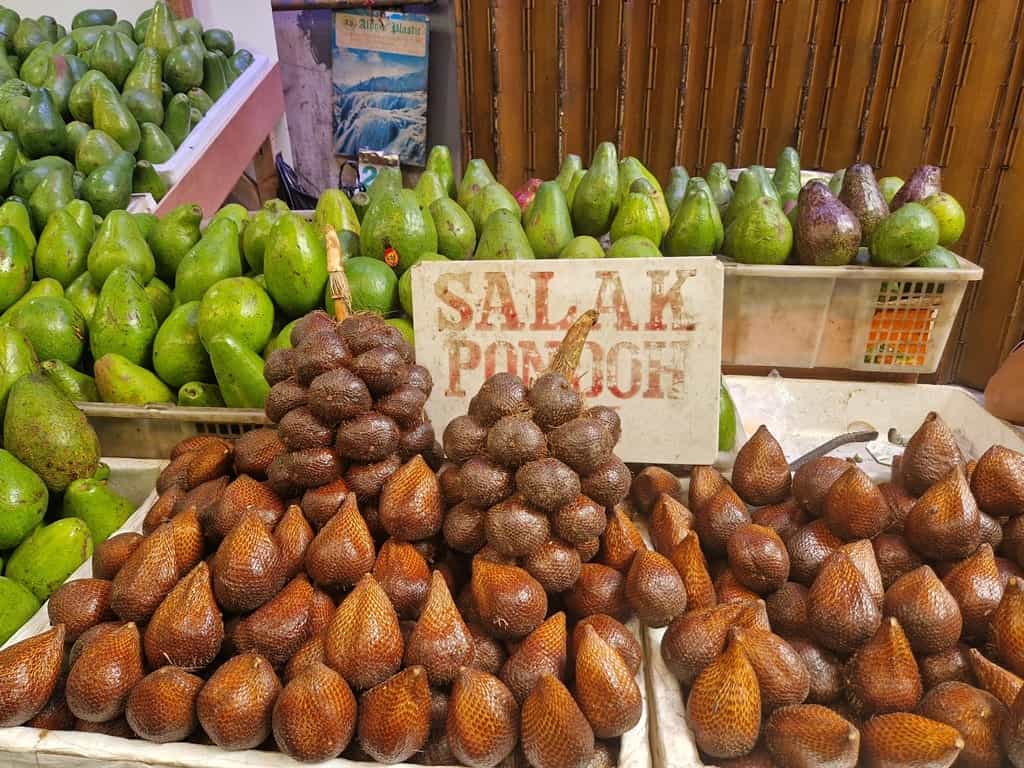
Glodok is Jakarta’s Chinatown, outlined specifically for the city’s Chinese population back in 1740 following a massacre. Today it’s the biggest Chinatown in Indonesia and purportedly one of the biggest in the world.
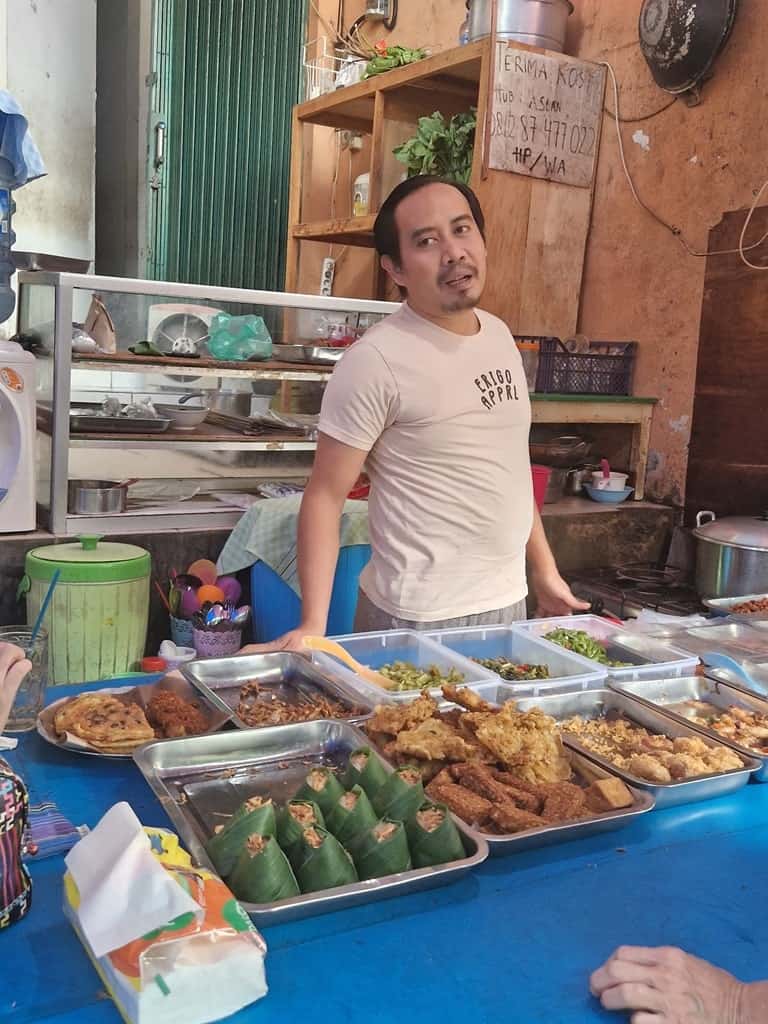
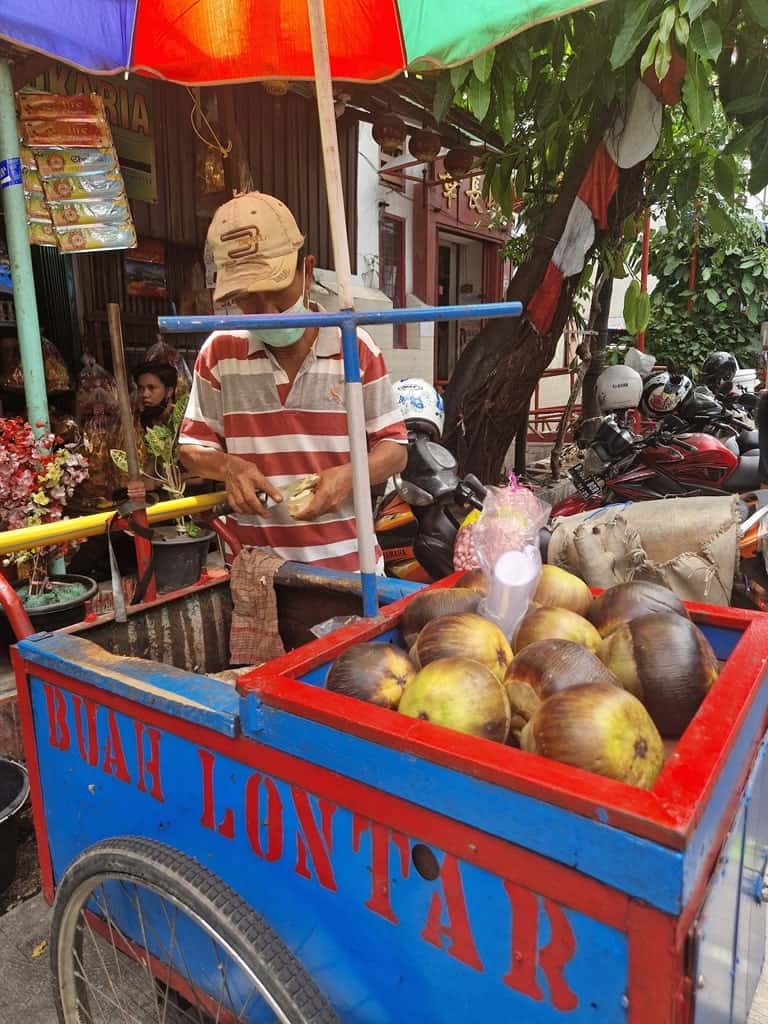
Its shopping district or market today is the place to shop for almost anything: fabrics, electronics goods, perfume, jewelry. There is also an array of places to eat once your window shopping and browsing have made you hungry; some dishes, such rujak Shanghai encim, can only be found in Glodok. A must for foodies and curious travelers.
Batavia Old Town
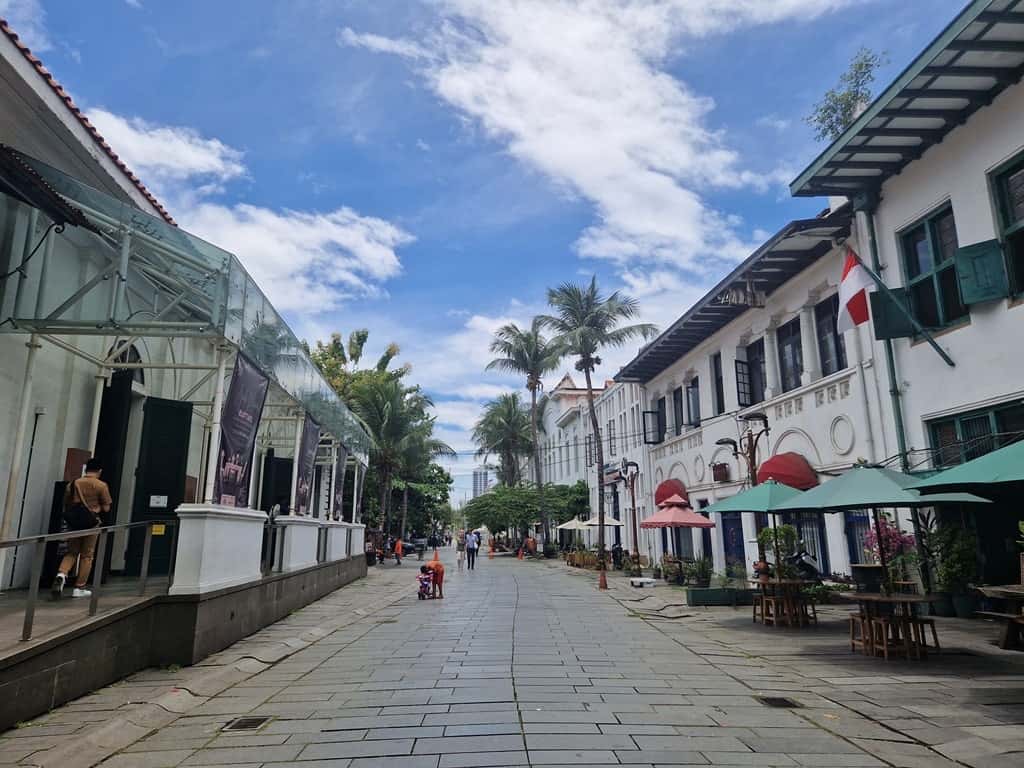
Once the headquarters for the Dutch East India Company, and later the center of administration for what would become Jakarta, this old portion of the city is the place to go to see how things once looked.
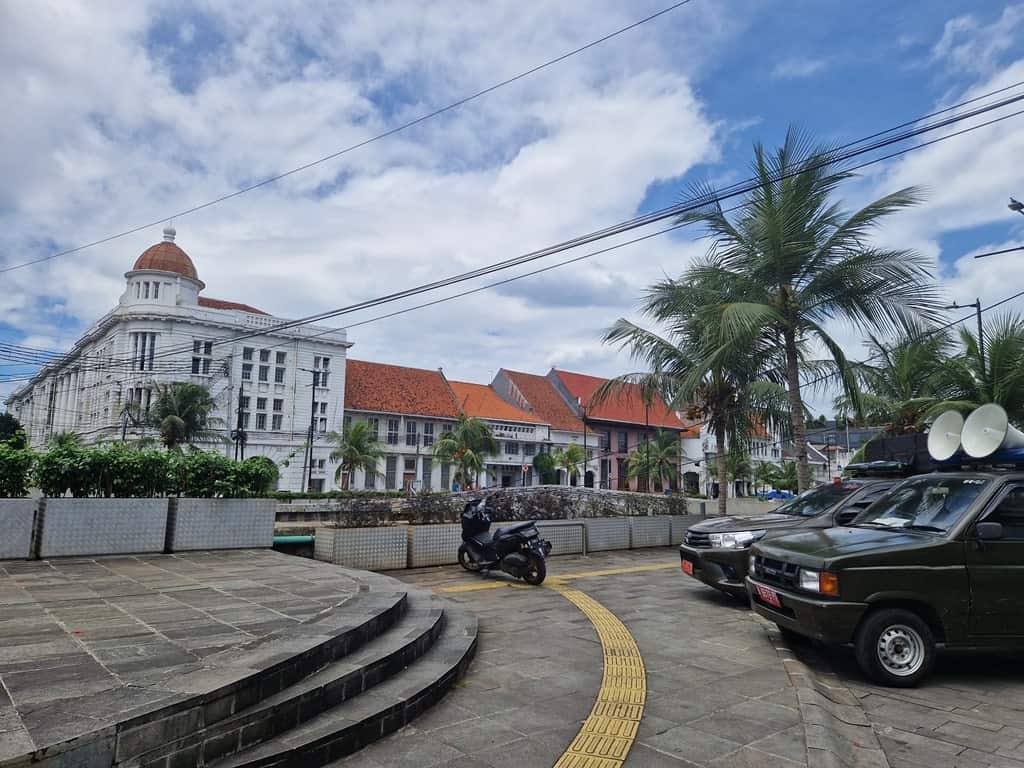
Batavia Old Town feels worlds away from the modern business districts and skyscrapers of Jakarta, with centuries-old buildings, canals, 17th-century bridges, and an atmosphere of crumbling colonial culture. It’s picturesque: think tree-lined streets, food carts, colorful sights, and plenty of museums to stop by.
Jakarta History Museum
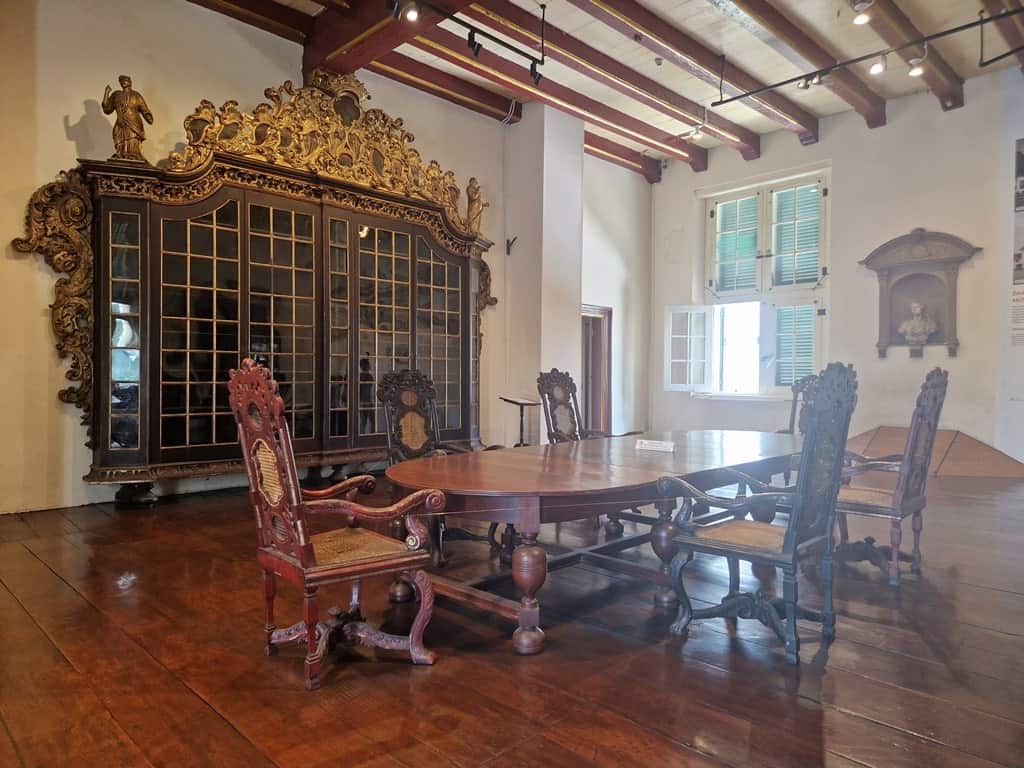
Housed in an impressive white-washed Dutch colonial building on Fatahillah Square, Jakarta History Museum is the place to go to learn about the long history of the city. The building itself, built in 1627, is today referred to as the Former Town Hall but was more of a central hub of administration and law.
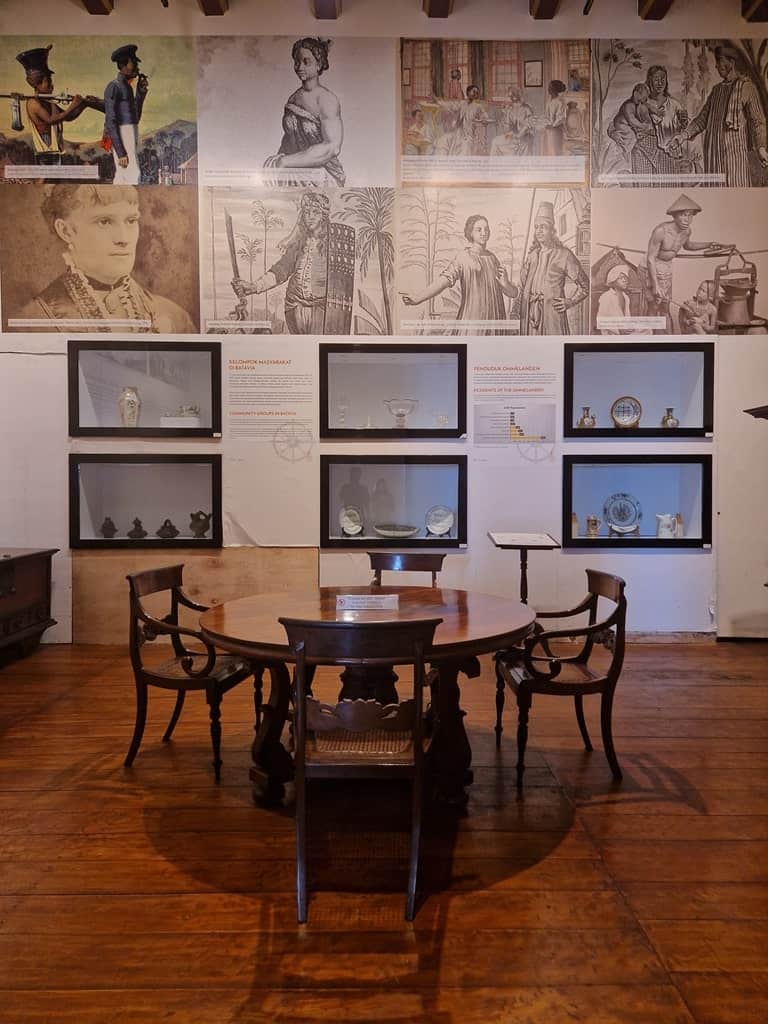
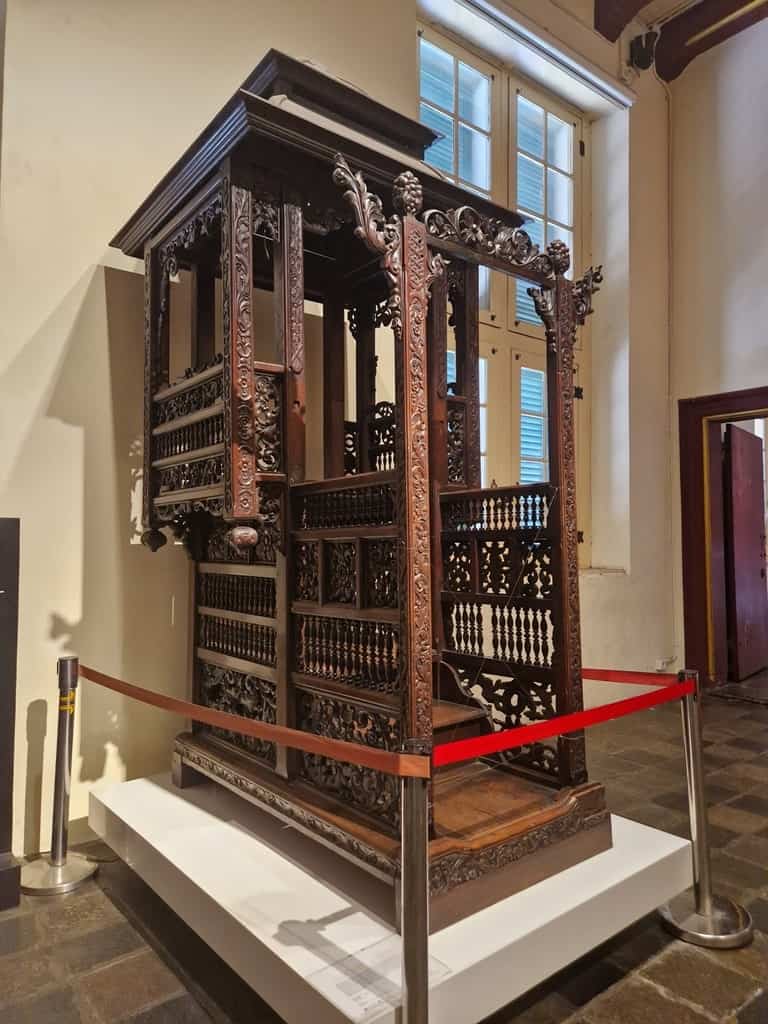
Remnants of its former use can still be seen, namely in the form of prison cells in the courtyard — used to detain 19th-century Indonesian freedom fighters.
Wayang Museum
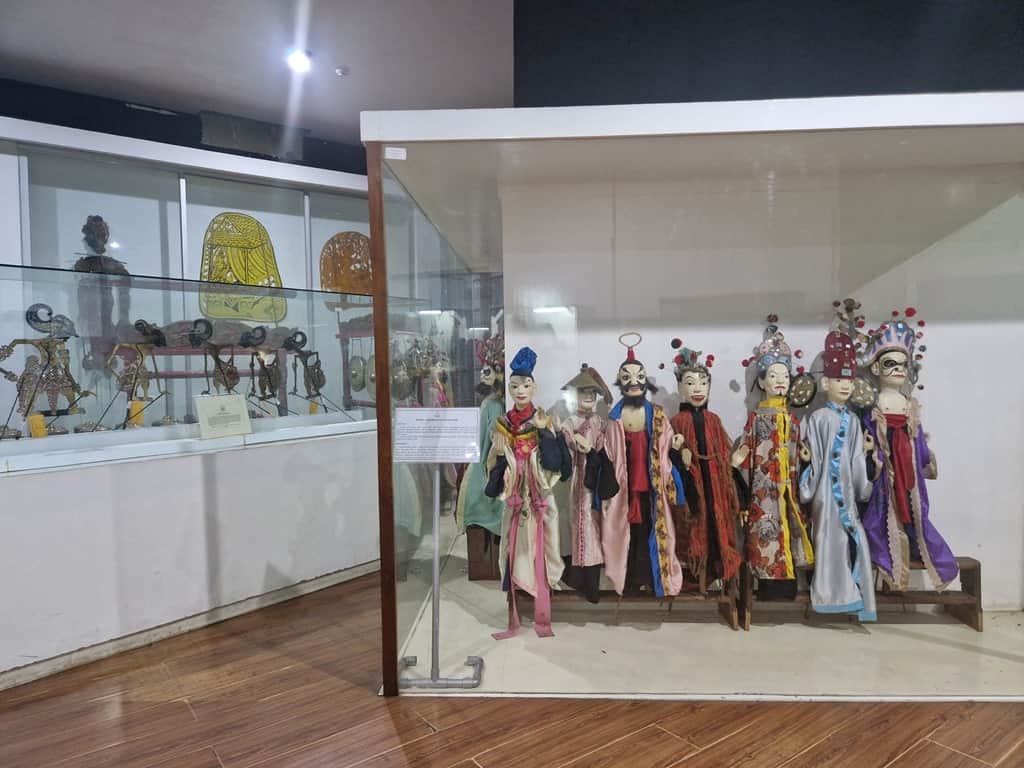
Located within a building dating from 1912, in Fatahillah Square, the Wayang Museum is dedicated to the Indonesian art of shadow puppetry. Wayang are flat, wooden puppets with moveable limbs attached to sticks, used to tell old stories from Indonesian folklore, including the Ramayana.
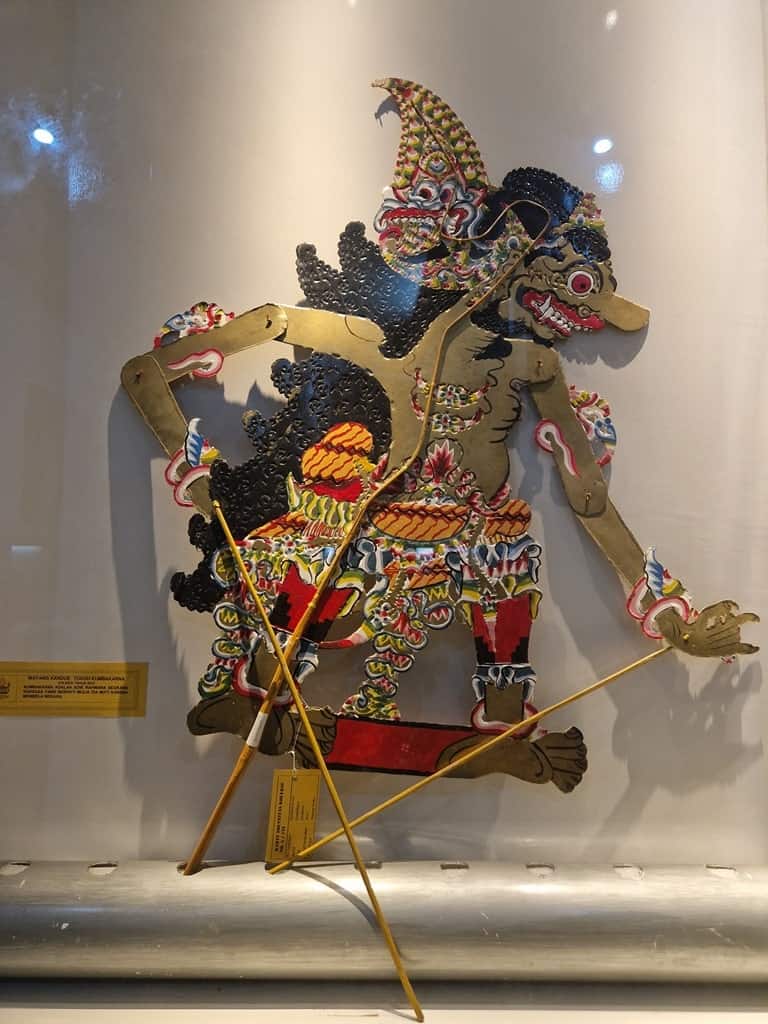
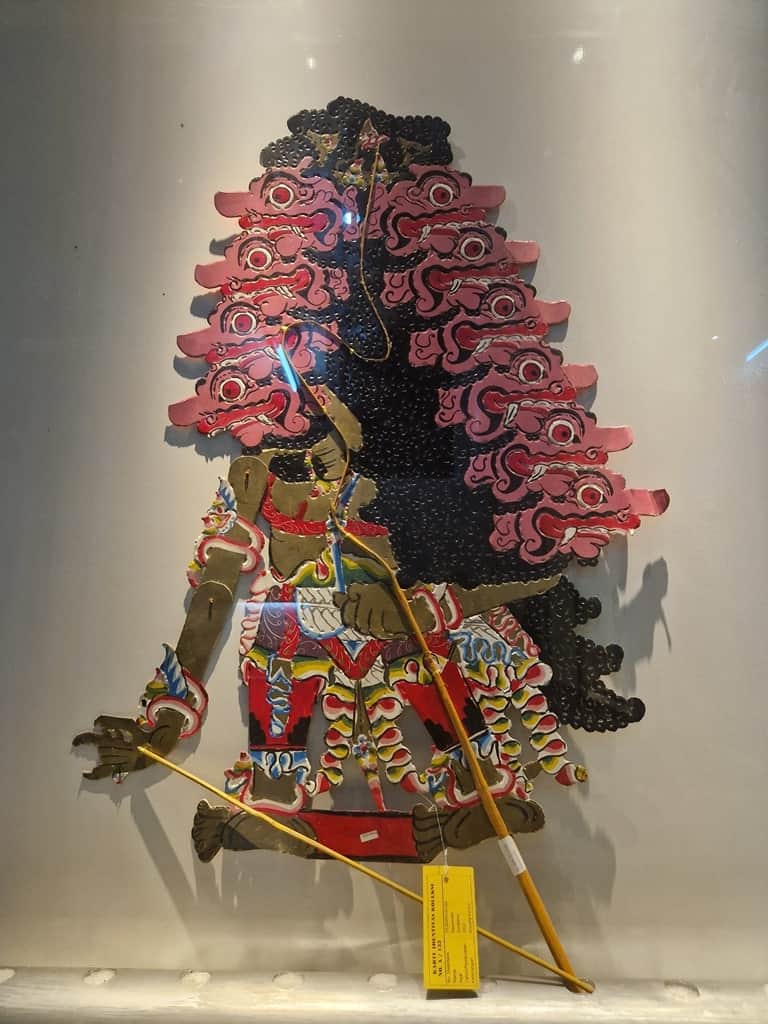
The museum boasts a fascinating collection of these puppets, not just from Indonesia but from mainland China, Vietnam, Cambodia, and India.
Fatahillah Square
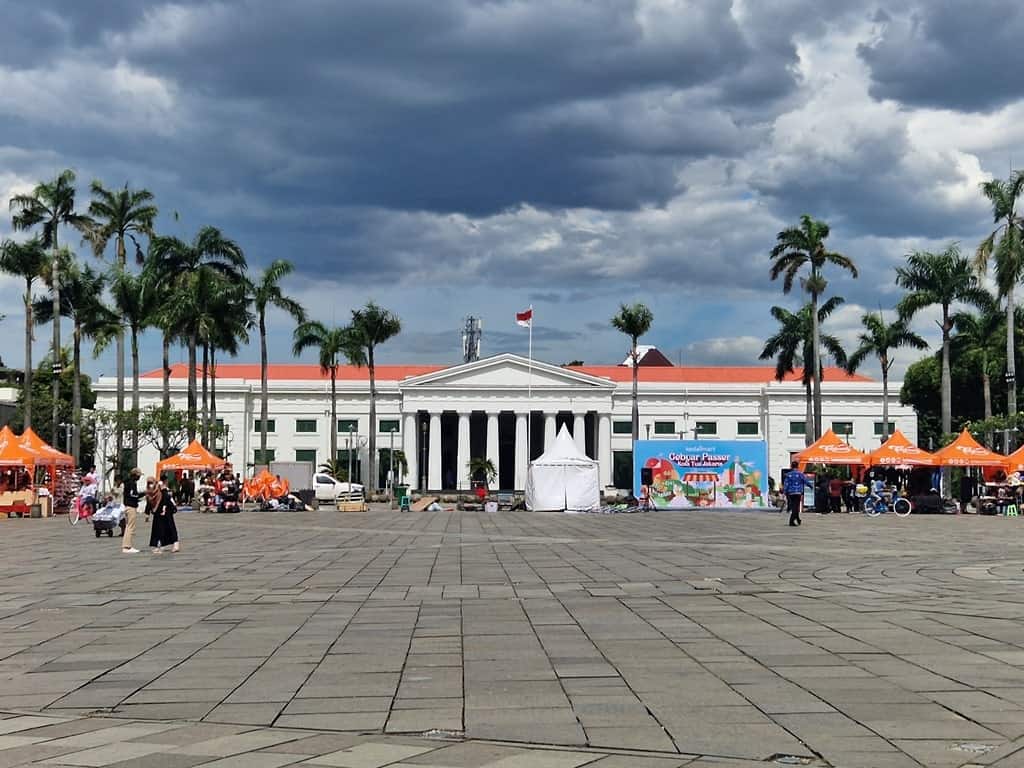
Fatahillah Square lies at the heart of old Batavia, the colonial center of Jakarta for centuries. This charming cobblestone square is a charming place to soak up some easy-going ambiance and is home to a number of historic buildings that point to the long history of the city.
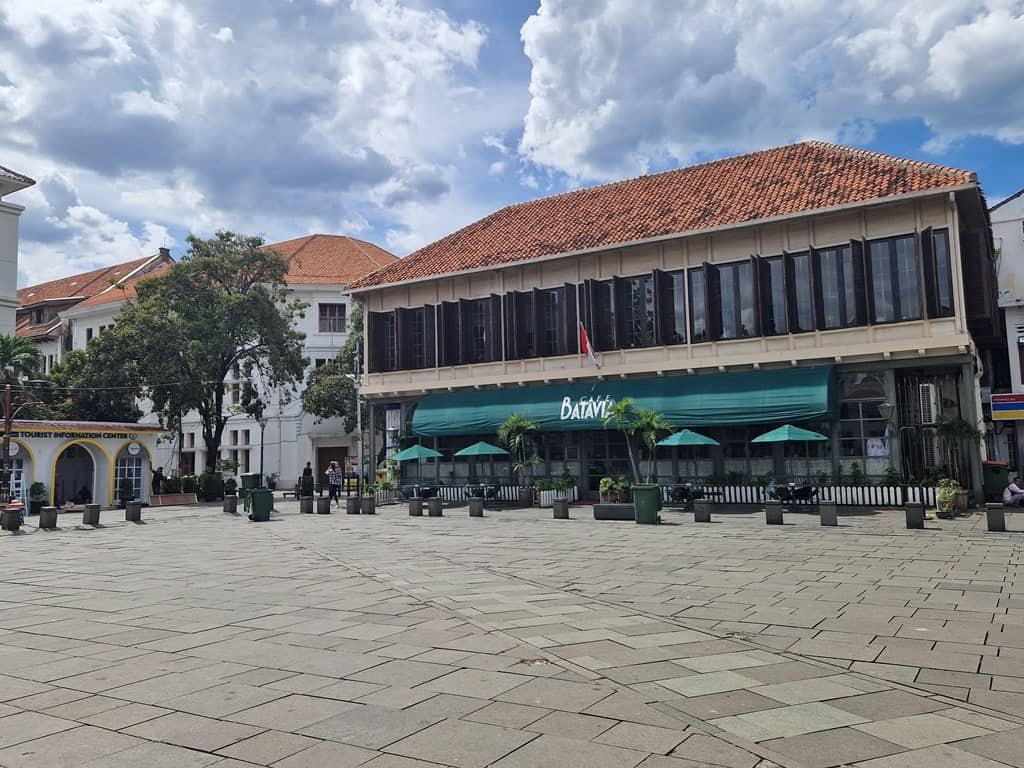
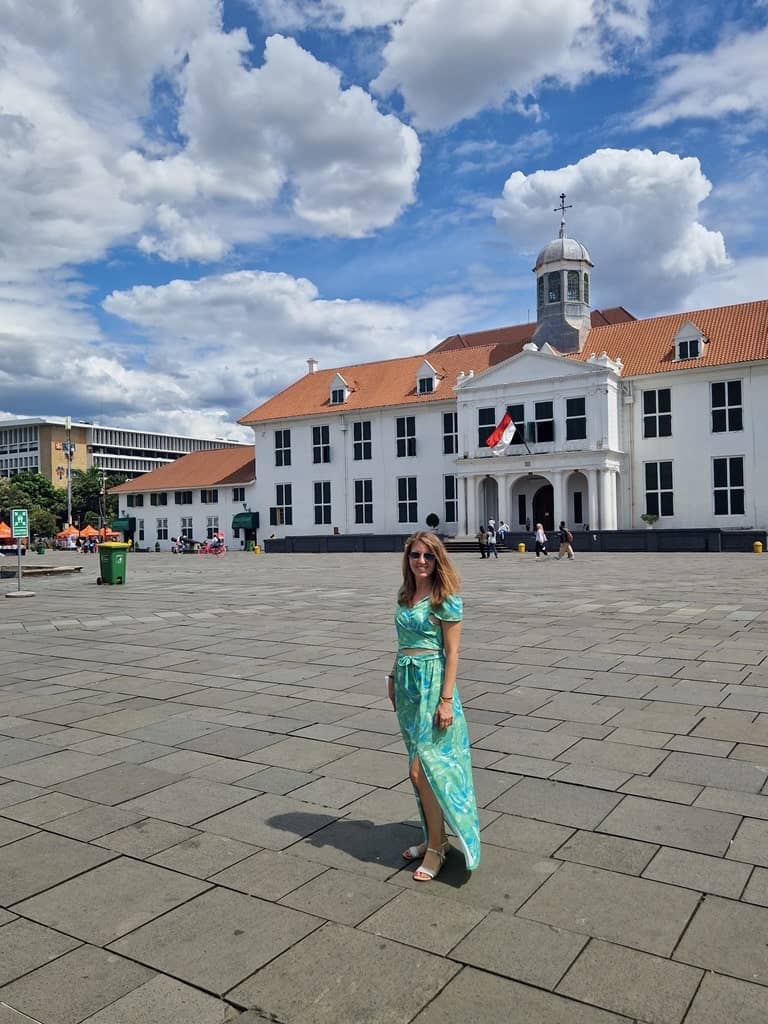
The Former Palace of Justice, now the Museum Seni Rupa Dan Keramik, was built in 1866, while the 17th-century Former Town Hall is now home to the Jakarta History Museum. Packed full of history, Fatahillah Square is also a popular meeting place and a good spot to get a bite to eat.
Lunch at Old Batavia Café
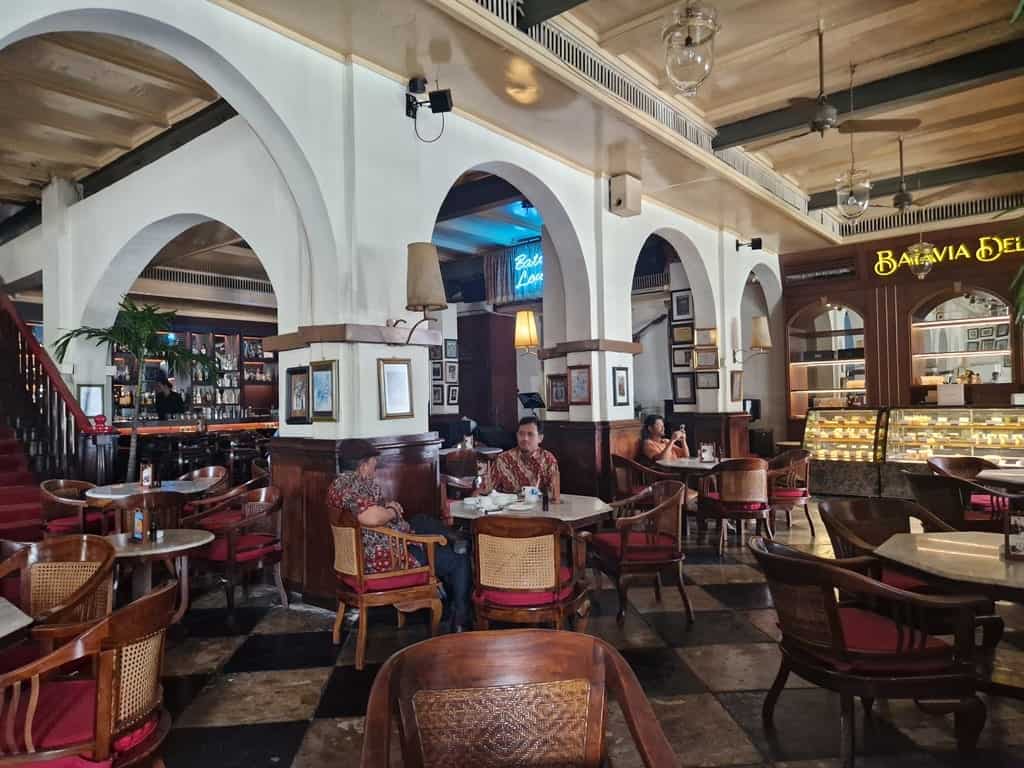
This must-visit eatery takes up space inside a colonial building (built by the Dutch in 1805). Opening its doors in 1837, this venerable institution serves up a mix of contemporary Indonesian cuisine, coffee, and pastries, as well as cocktails.
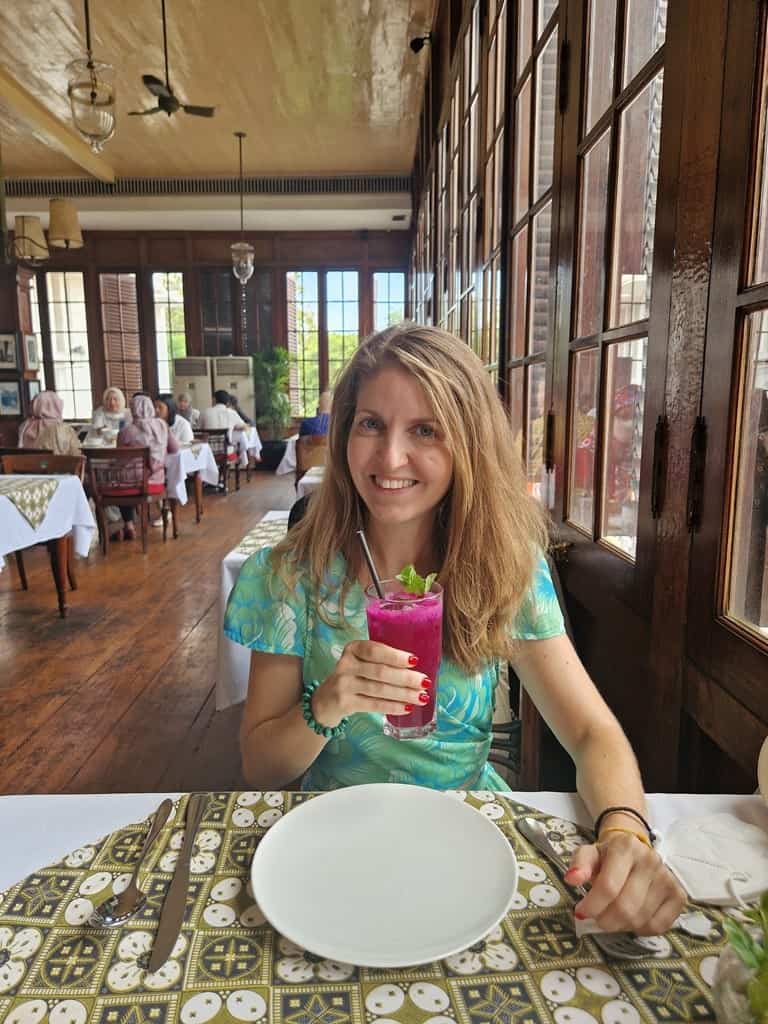
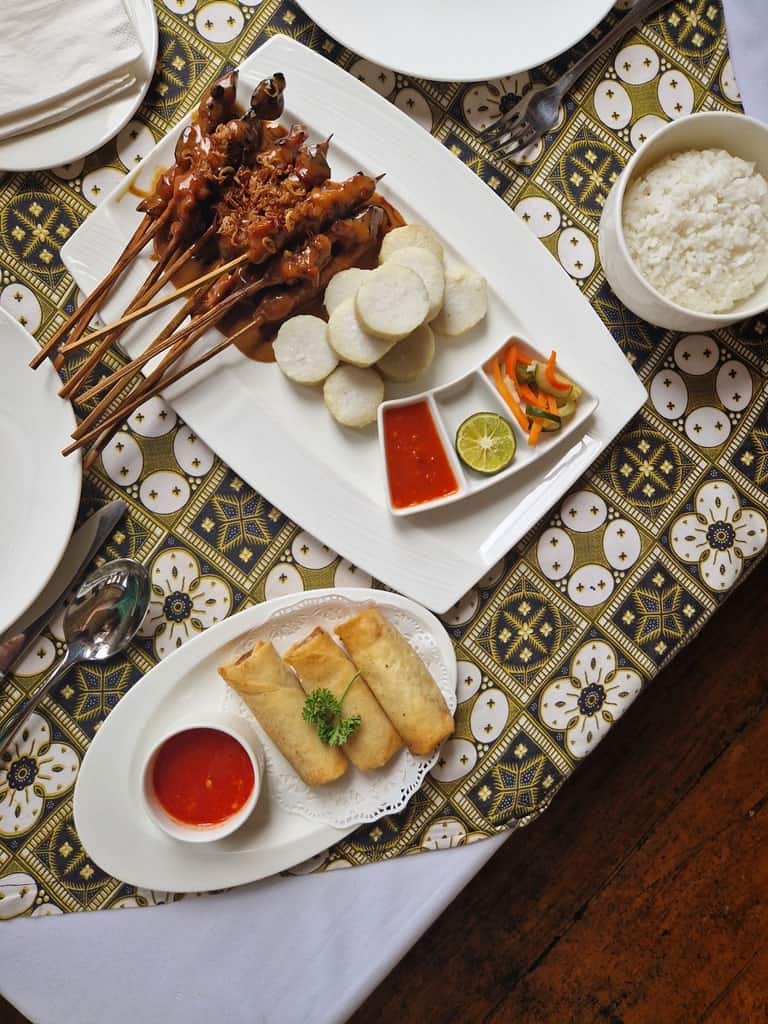
The decor remains retro and features photos from decades past hung on the wall, with vintage furniture and other design details to charm visitors. It’s the perfect place to go to take a break from sightseeing and soak up a slice of Jakarta’s history firsthand.
Sunda Kelapa (Old Port)
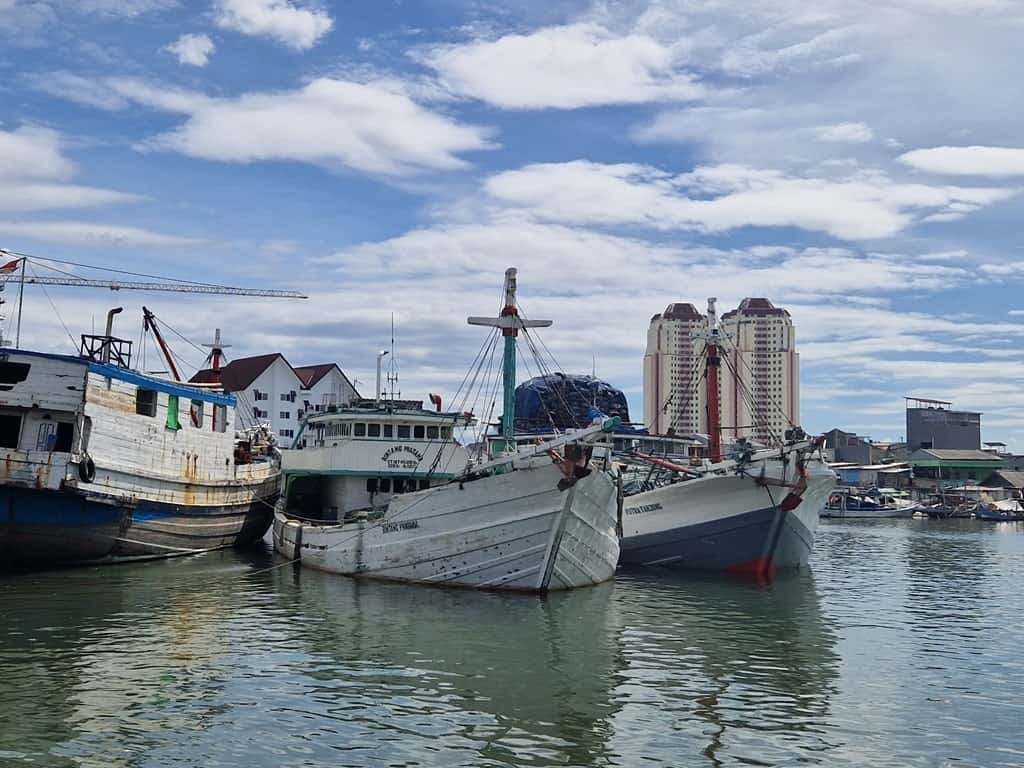
Meaning “Coconut of Sunda”, Sunda Kelapa was once the principal port for the Sunda Kingdom. Situated on the estuary of the Ciliwung River, the 500-year-old port is now only a minor hub of trade and transport, but it remains an important (and interesting) place to learn more about the history of the area.
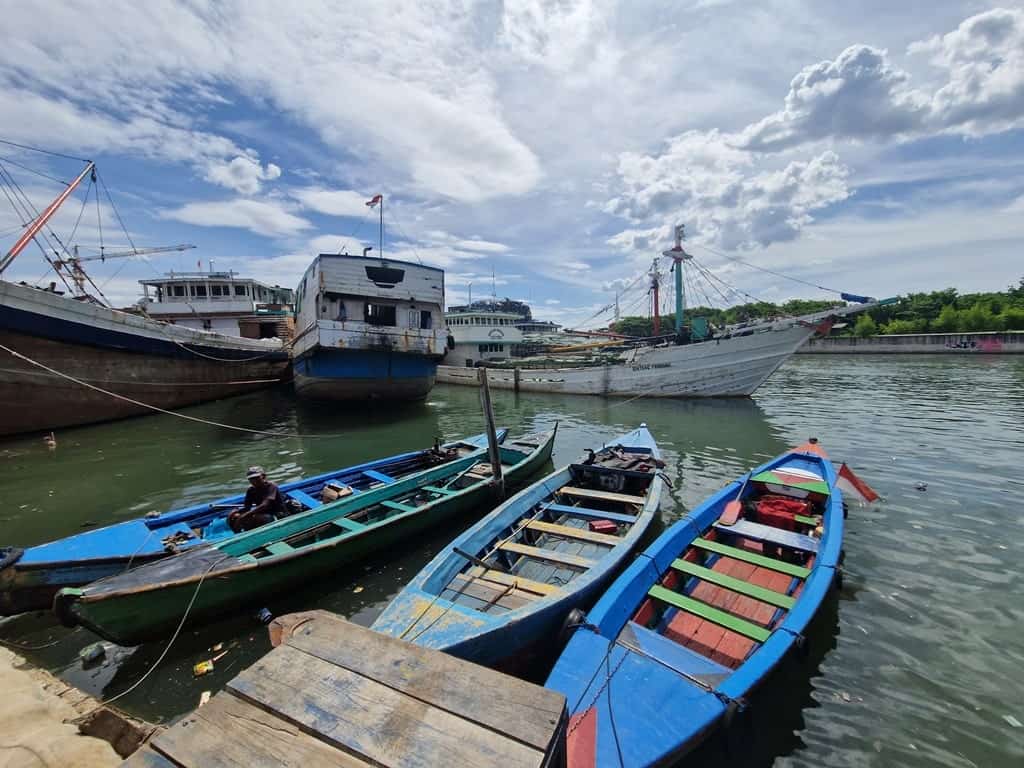
Once upon a time, this Sunda Kelapa would have been alive with trading ships, fishermen, and markets, though you can still see brightly colored schooners that ferry goods to and from the outer islands. A walk along the water’s edge here is fascinating.
